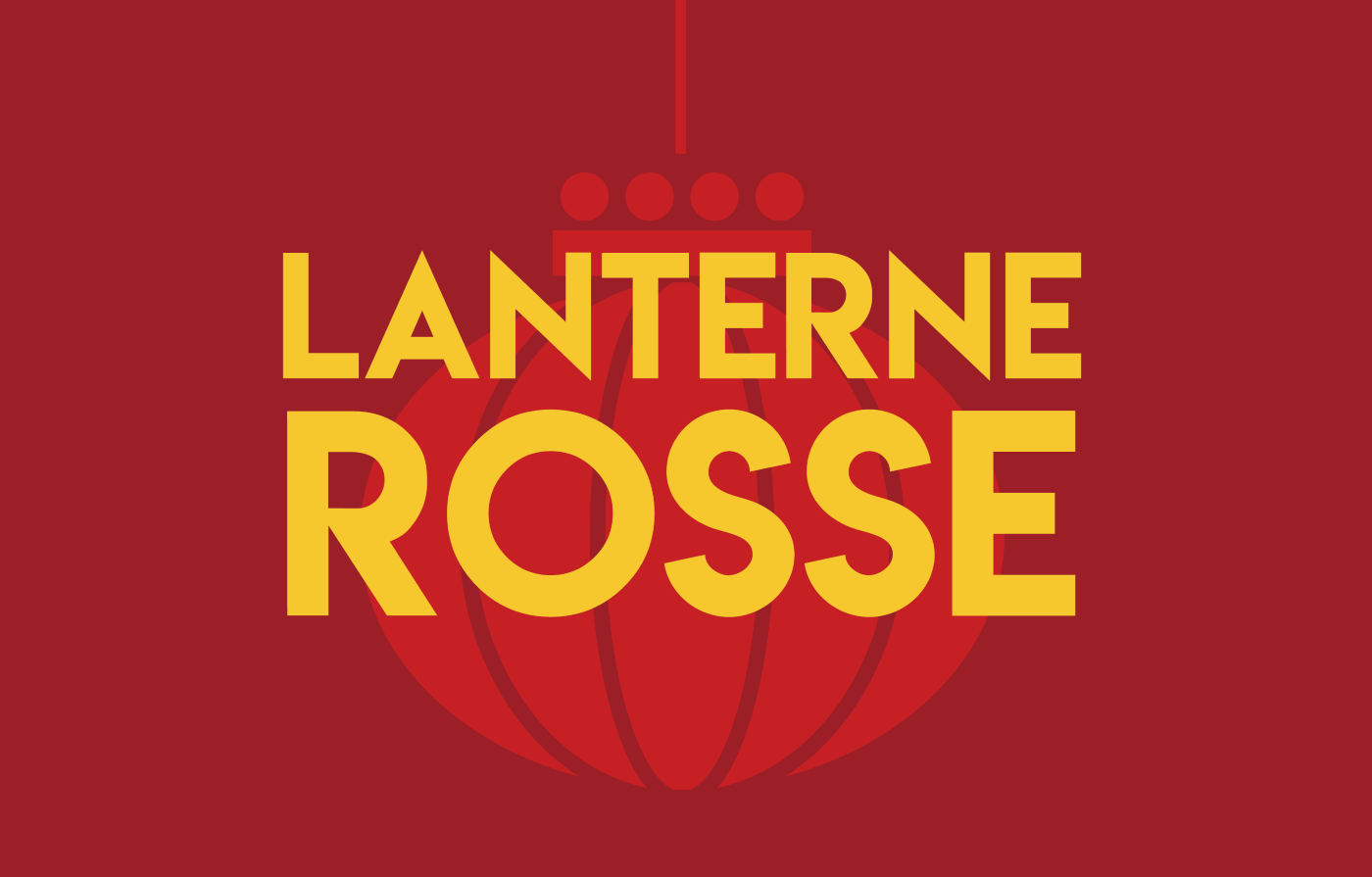In Simandou, Africa, China is starting a revolution in the iron ore market
A new, large-scale mining facility, 75 per cent owned by Chinese companies, began operations this week in the hills of southern Guinea. It is expected to have a major impact on the global mining industry, not least because of the quality of the extracted material, which is more suitable for low-carbon steel production.
Milan (AsiaNews/Agencies) – China’s Vice Premier Liu Guozhong this week inaugurated a large-scale Chinese-controlled mine in the hills of southern Guinea (Africa) that could revolutionise the global iron ore market.
The Simandou mine has, however, a troubled history, saddled above all by great ambitions. With a projected annual production capacity of 120 million metric tonnes, the mine (75 per cent owned by Chinese interests) is set to become the world's largest, producing the highest-quality iron ore, a key element in the green transition in the global steel supply chain.
Xinhua cited Chinese vice premier saying that the project is the result of nearly 70 years of friendship and cooperation between China, Guinea, and Africa, adding that it will contribute to Guinea's economic development and the implementation of the "Simandou 2040" strategy.
Two of Simandou's four mining blocks are controlled by a Sino-Singaporean consortium, Winning Consortium Simandou, while the other two belong to Rio Tinto SimFer, a joint venture between global mining giant Rio Tinto, Chalco Iron Ore Holdings, and the Guinean government.
State-owned China Baowu Steel Group, the world's largest steel producer by volume, is also a key shareholder, with stakes in the Winning Consortium Simandou and an indirect stake in Rio Tinto SimFer.
Aside from its size, the mine’s characteristics also draw attention. Simandou ore, with a 65 per cent iron content, is destined for the premium segment used to produce low-carbon green steel.
It is no coincidence that Baowu Chairman Hu Wangming stated that the project will provide environmentally friendly raw materials for the steel industry in China and globally.
This development is of particular concern to large Australian mines, which until now had benefited precisely from strong Chinese demand, dictating prices but also introducing lower-quality iron onto the steel market, which requires more energy and produces higher emissions.
However, the Simandou mining complex is coming online just as Chinese steel demand continues to decline 2-3 per cent annually, partly due to the country’s real estate crisis.
When the Guinean mine reaches full capacity in five years, it will alone supply the equivalent of 7 per cent of the total global iron ore supply; a significant increase in a market already characterised by oversupply.
This will inevitably have severe repercussions on world prices, reducing the profits of large mining companies, particularly in Australia.
RED LANTERNS IS THE ASIANEWS NEWSLETTER DEDICATED TO CHINA. WOULD YOU LIKE TO RECEIVE IT EVERY THURSDAY? TO SUBSCRIBE, CLICK HERE.







.png)










